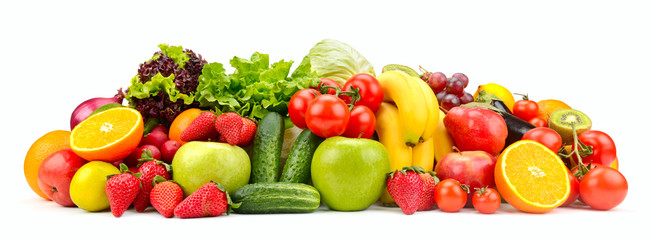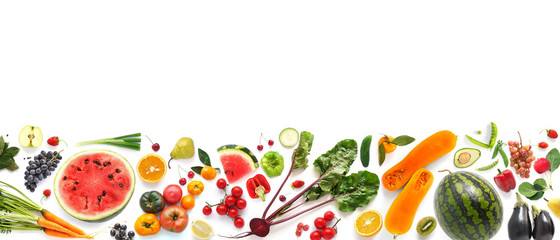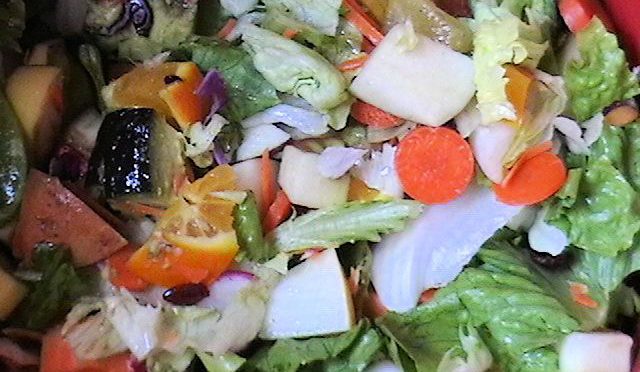
Fruit and Glycemic Load
Go ahead and feed your horses those apples, oranges, bananas, pears and other HEALTHY fruits!!! Along with fresh vegetables, nuts and seeds, your horse DESERVES a diet that is rich in vitamins and minerals AND fiber!!! FRESH fruits, veggies, nuts and seeds!
LEAVE THE PROCESSED, BAGGED FEEDS OUT!
If you feel your horse NEEDS grain, then feed WHOLE, NON-GMO, ORGNIC grain as an enhancement to FRESH forage.
BUT — you’ve been told not to feed fresh fruits or vegetables to your horse because of EMS, IR or Cushings because they are “too high on the glycemic index”… well, what about the GLYCEMIC LOAD!? “What is THAT?” you ask. Read on –
From [healthfully.com]
“The glycemic load is a value that expresses a food’s relative impact on blood glucose given the total carbohydrates available in a typical serving and how quickly these carbohydrates are assimilated into the bloodstream, according to the Linus Pauling Institute. Foods with Low-GL values range from 1 to 10 and have a small overall impact on blood glucose. Medium-GL values range from 11 to 19, while high-GL food values are 20 and above, so they have a more significant impact on blood sugar. Most fresh fruits fall in the low-GL range of 1 to 10 with one common exception: bananas, which are medium-GL, according to the Sydney University Glycemic Index Research Services. Factors such as the degree of ripeness and processing such as canning will increase glycemic load slightly, while drying fruits has a significant impact, yielding medium- to high-GL values depending on the type of dried fruit.
Glycemic Index of Fruits
Since fruits contain carbohydrates, most fruits will increase your blood sugar. However, some can affect it more than others. A good way to determine a food’s effect on your blood sugar is to know its glycemic index. The glycemic index is a rating given to food, indicating how quickly and drastically will increase your blood glucose 3. The scale ranges from zero to 100; the higher a food’s score on the glycemic index, the higher and faster it will raise your blood sugar 3. If a food is between 0 and 55, it is considered a low-glycemic food. From 56 to 69, it’s considered a moderate glycemic food, and from 70 to 100, it is a high-glycemic food. Glycemic load is another measure of a food’s impact on blood sugar that takes into account its glycemic index relative to its content of all forms of carbohydrate, including fiber. For example, watermelon has a high-glycemic index but a low glycemic load because it raises blood sugar slowly. Fruits that have a moderately high glycemic effect include bananas, pineapple and raisins. Low-glycemic fruits are apples, oranges, mangoes and grapefruit.
- Since fruits contain carbohydrates, most fruits will increase your blood sugar.
- high glycemic index means a spike in blood glucose, while a low-glycemic index food results in a moderate rise over a prolonged time. Fiber slows the digestion of foods and also blocks the absorption of sugars all at once. These combined factors result in a moderate rise in blood sugar over a significant amount of time. In addition, fruit offers an array of vitamins and minerals“

So now, go here: FRESH DIET FOR HORSES (thepenzancehorse.com) to read a full listing of what horses CAN eat safely and healthfully! ,… BUT if your horse is already EMS, IR or has Cushings (PPID) please consult with PENZANCE for a full evaluation and specific diet and health evaluation. gwen.santagate@gmail.com 774-280-4227

